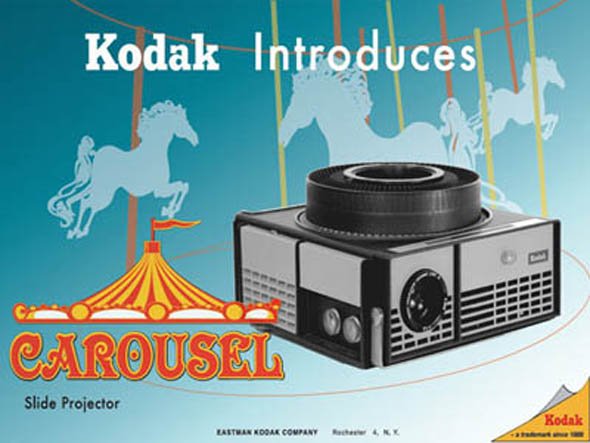When I first got into gun culture, my to-be wife had cable TV so I got her to upgrade her package so I could watch the various gun related shows on the Outdoor Channel and Sportsmen’s Channel. Then we got tired of giving so much money to Time-Warner, so after we got married we went to internet streaming only TV (Hulu, Netflix, Amazon Prime). Unfortunately, shows I really need to watch like “Shooting Gallery,” “The Best Defense,” “American Rifleman,” “Guns & Ammo TV,” and “Personal Defense TV” are not available online. So, I broke down recently and got cable again through AT&T U-Verse.
I accept/rationalize this as a cost of doing the business of researching contemporary American gun culture. Television is clearly a dominant electronic medium through which gun cultures are represented and transmitted. I was excited to see some new shows since I last had cable, like “Stop the Threat,” “Modern Shooter,” and “Shootout Lane.” I’m sure I will have more to say in the coming months about what I am seeing. For now, I want to say something about an advertisement I saw for the first time recently.
Like watching the Super Bowl for some people, I enjoy watching the commercials that run during gun programs almost as much as the programming itself. Because ads are so consciously constructed, nothing gives a window onto a culture quite like advertising.
As many are reminded from watching the (sadly soon to be concluded) A&E series “Mad Men,” advertising does not just sell products. Advertising sells ideas and ideals about right and wrong, good and bad, problems and solutions. In visual media, it can sell products and ideas/ideals subconsciously, as the images resonate with viewers in ways they may not process cognitively. In a famous episode of “Mad Men,” Don Draper is asked to develop an advertising strategy for a circular slide projector called “the wheel.” In his pitch to Kodak, Don doesn’t focus on the technology of the product but on people’s emotional connections to certain ideals of family life. Using slides of his own family at special moments like childbirth and holidays, he declares, “This is not a spaceship, it’s a time machine. It goes backwards and forwards, and it takes us to a place where we ache to go again. It’s not called ‘The Wheel.’ It’s called ‘The Carousel.’ It lets us travel around and around and back home again.”
Many gun advertisements, not surprisingly, take a similar approach. One recent ad that caught my eye aired on the Sportsman’s Channel show, “Hot Shots.” The program follows champion shooters Jerry Miculek and Max Michel on their action shooting competition circuits. Although the focus of the program is the shooting sports not self-defense, some ads strongly play on this latter theme of Gun Culture 2.0. Like this ad by AR-15 platform rifle manufacturer Daniel Defense:
The approach here is not much different than Don Draper’s pitch for “The Carousel.” The images: baby seat in the back of the car, photos of family and the father/narrator in military uniform in the entryway of the house, the wife welcoming him home, and the infant baby in a crib – a girl, of course, in pink sheets. And the idea: “Defending Your Nation. Defending Your Home.” And the product that allows you to do both: a Daniel Defense rifle.
This same basic ad could be used to sell photography equipment, guns, cars, vacuum cleaners, hand sanitizer, or pretty much any consumer product. Which raises another issue that readers more astute than me – which is to say, most readers – will already have recognized. This ad was rejected by the NFL for broadcast during the 2014 Super Bowl because it violated rules for prohibited categories of products.
This is an interesting commentary on the values being promoted by the NFL since the league has no qualms running ads that sexually objectify women (Swedish bikini team or Carl’s Jr. anyone?) and in 2014 ran four ads by Anheuser–Busch (2 for Budweiser and 2 for Bud Light). This despite the well-known destructive effects of alcohol on health. According to the Centers for Disease Control:
Drinking too much can harm your health. Excessive alcohol use led to approximately 88,000 deaths and 2.5 million years of potential life lost (YPLL) each year in the United States from 2006 – 2010, shortening the lives of those who died by an average of 30 years. Further, excessive drinking was responsible for 1 in 10 deaths among working-age adults aged 20-64 years. The economic costs of excessive alcohol consumption in 2006 were estimated at $223.5 billion, or $1.90 a drink.
Hypocrisy, anyone?



Reblogged this on Brittius.
LikeLike
Hypocrisy? Of course, it’s the NFL (remember, this is the organization that decided to ban players for their *second* domestic violence incident, not first). Of course our popular media is right behind them. Being a gun owner is something that is tawdry in many circles. We are the “out group” for many people even though we are doing nothing illegal and our guns are harming nobody. Therefore it’s OK to criticize or objectify us, and by the very nature of our tools, we (and our tools) should not be discussed or shown in public.
Unlike binge drinking or viewing women as sex objects for gratification – that is perfectly acceptable. /sarcasm
LikeLike
[…] wrote yesterday about my reconnection with gun advertising since signing up for cable TV again after a year’s hiatus. This second installment of my […]
LikeLike
[…] following up on my complaint about the NFL banning a gun advertisement but welcoming advertisements that sell sex and alcohol, I decided to see if Baylor would block me […]
LikeLike
[…] question, advertisements do not simply sell products. They sell certain ideas and ideals which they try to get consumers – often subconsciously – to […]
LikeLike
[…] does not primarily concern reality. Advertising exists to sell products, and in doing so often sells much more than the products themselves. Advertising sells ideas and ideals about right and wrong, good and bad, problems and solutions. In […]
LikeLike
[…] question, advertisements do not simply sell products. They sell certain ideas and ideals which they try to get consumers – often subconsciously – to […]
LikeLike